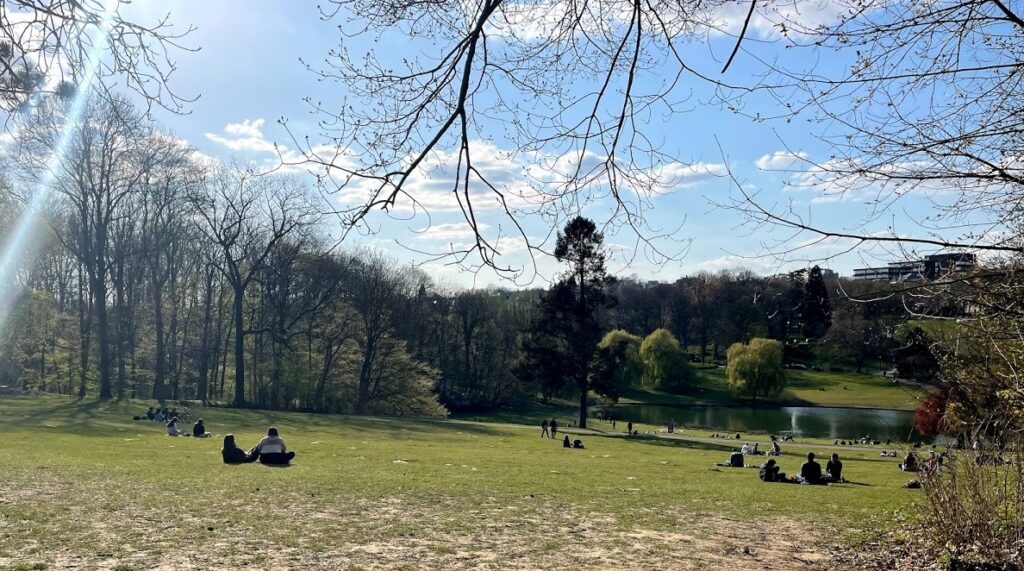The fast-paced urbanization and disconnection of people from nature and the current series of lockdowns, contribute to an increasing burden of mental health disease in cities. Researchers have estimated that it is 39% more likely to develop depression when living in urbanized areas as compared to rural regions [source]. Other mental illnesses and neurodegenerative disorders Read More

